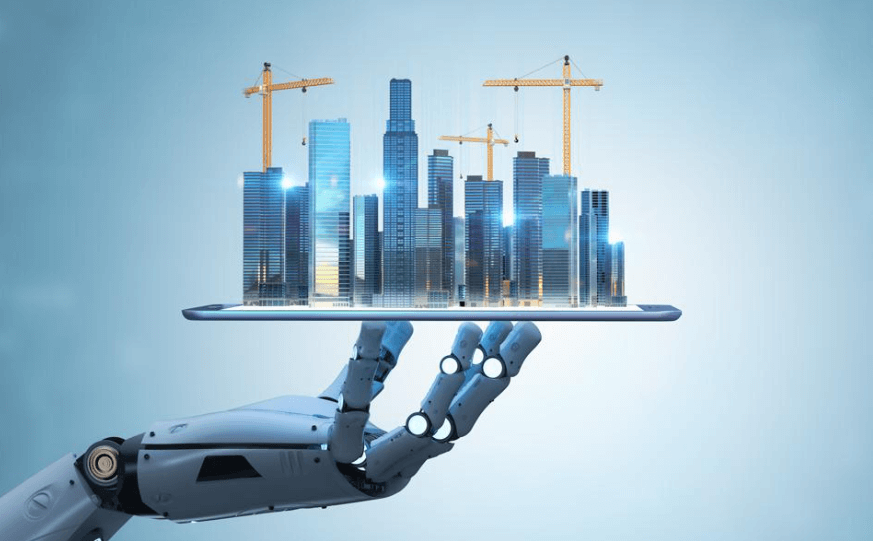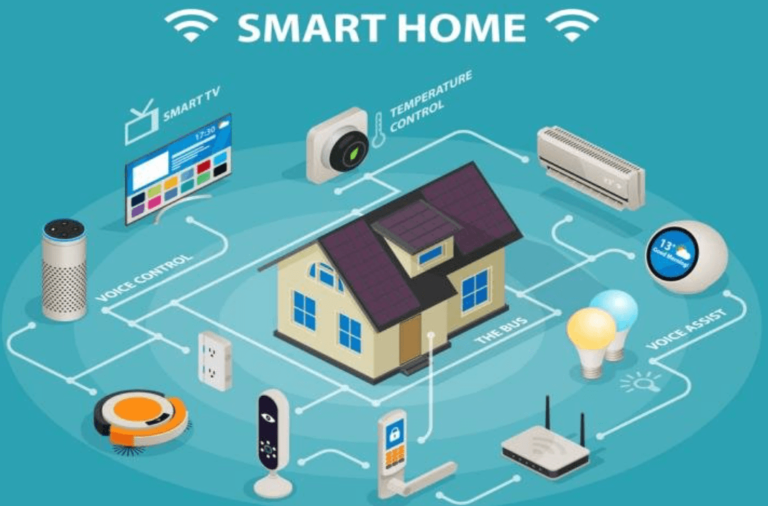How Technology Is Revolutionizing the Construction Industry

The construction industry is undergoing a significant transformation driven by technological advancements. Innovations such as Building Information Modeling (BIM) enhance collaborative design processes and decision-making. Drones facilitate comprehensive site monitoring, providing critical aerial perspectives. Meanwhile, 3D printing streamlines construction methods, minimizing waste. As these technologies converge, they promise to redefine safety and sustainability standards in the sector. This evolving landscape raises questions about future practices and the implications for industry stakeholders.
The Impact of Building Information Modeling (BIM)
As construction projects become increasingly complex, the integration of Building Information Modeling (BIM) has emerged as a transformative force within the industry.
BIM facilitates collaborative design, enabling stakeholders to engage in real-time communication and decision-making. This innovation enhances project visualization, allowing teams to foresee potential issues and optimize workflows, ultimately leading to more efficient construction processes and greater freedom in design choices.
see also:New Genuine Earning App in Pakistan – Pkr2App: How to Earn Money Online
Drones: Transforming Site Inspection and Monitoring
Drones are revolutionizing site inspection and monitoring in the construction industry by providing aerial perspectives that enhance data collection and analysis.
These advanced drone applications facilitate rapid aerial surveying, allowing for real-time assessments of project progress and site conditions.
3D Printing: Redefining Construction Methods
The construction industry is experiencing a significant transformation with the advent of 3D printing technology, which is redefining traditional construction methods.
By enabling rapid prototyping and customization, 3D printing fosters material innovation that enhances efficiency and reduces waste.
This innovative approach empowers architects and builders to explore new designs, ultimately offering greater creative freedom while also challenging conventional construction paradigms in sustainable ways.
Enhancing Safety and Sustainability Through Technology
While traditional construction methods often prioritize efficiency over safety and sustainability, emerging technologies are reshaping this dynamic by integrating advanced safety measures and environmentally friendly practices.
Wearable technology, such as smart helmets and vests, enhances worker safety by monitoring conditions in real-time.
Additionally, smart sensors track environmental impact, enabling construction sites to operate sustainably, thus fostering an industry that values both human and ecological well-being.
Conclusion
As the construction industry embraces technological advancements, the transformation is nothing short of groundbreaking. From optimizing design processes with Building Information Modeling to utilizing drones for aerial site assessments, these innovations are paving the way for a more efficient and safe work environment. With 3D printing and smart sensors on the rise, the sector is not just building structures but also forging a sustainable future. Indeed, technology is the cornerstone reshaping the landscape, proving that the sky’s the limit.





